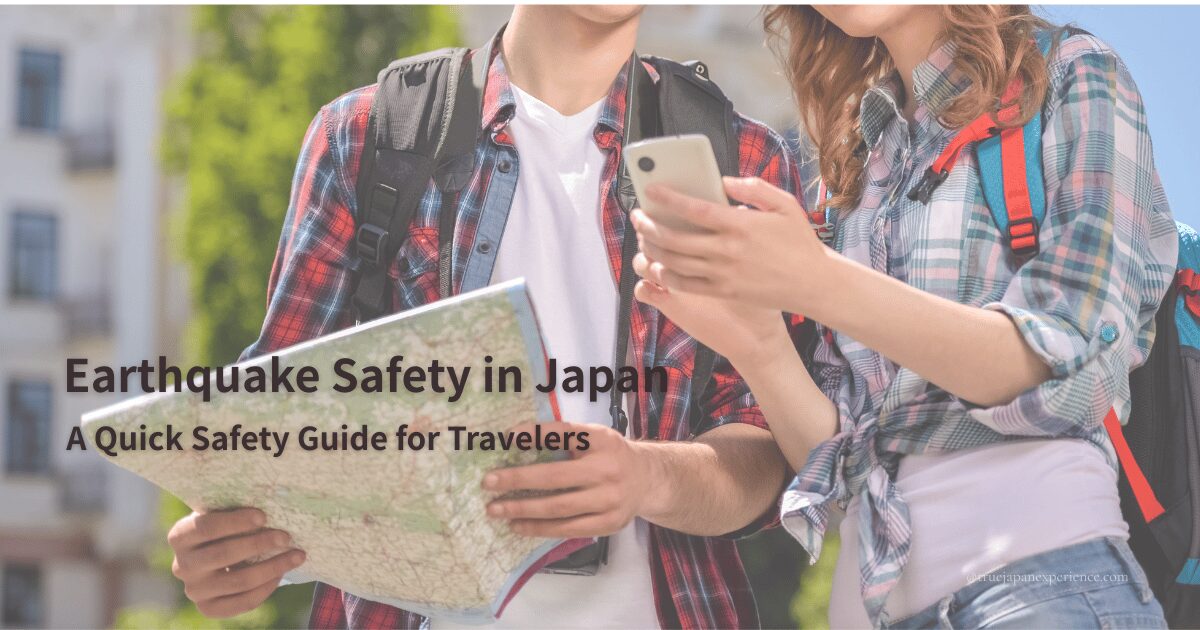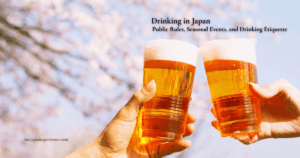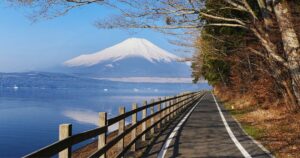Japan is one of the most earthquake-prone countries in the world.
From frequent small tremors to massive quakes, seismic activity is a part of everyday life here.
If you’re visiting Japan, understanding why earthquakes are so common and how to respond can help you stay calm and safe.
Why Are There So Many Earthquakes in Japan?
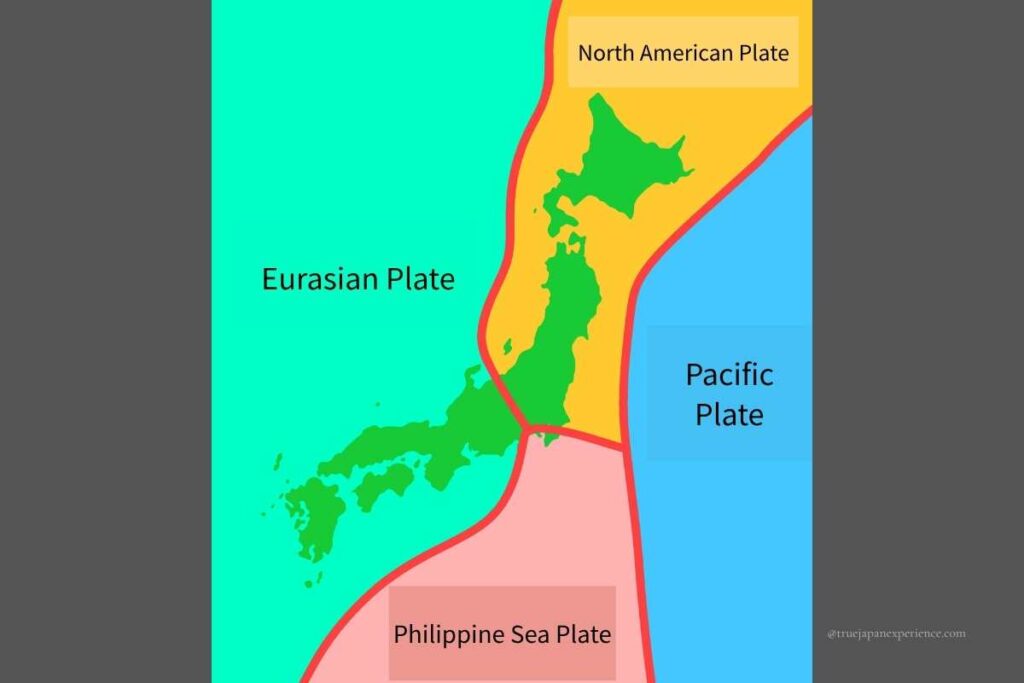
Japan sits on a complex intersection of four tectonic plates: the Pacific, Philippine Sea, Eurasian, and North American plates.
These plates constantly push against each other, making Japan a hotbed of seismic activity.
・Over 1,000 felt earthquakes occur in Japan each year
・About 10% of all magnitude 5+ earthquakes worldwide happen around Japan
・Roughly 18–20% of magnitude 6+ earthquakes occur in or near Japan
・Yet Japan only accounts for 0.25% of the world’s land area
This means that both large and small earthquakes happen frequently, making it quite unique compared to most countries.
Japanese People and Earthquake Awareness
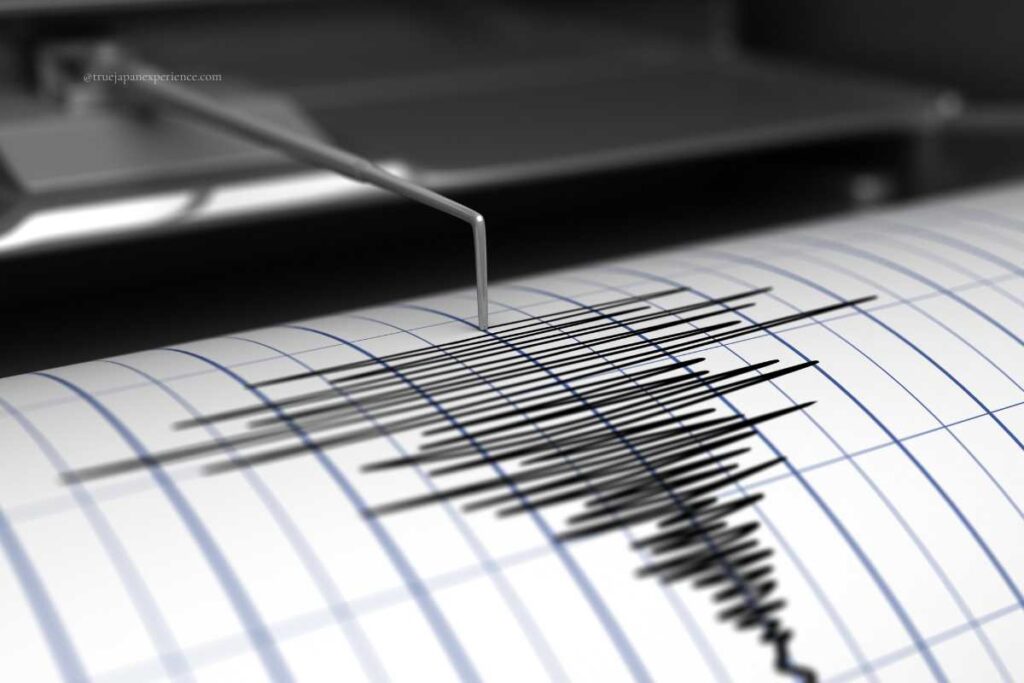
Japanese people are often said to be “used to earthquakes.” And to a certain extent, this is true.
・About 65% of Japanese people say they’ve grown accustomed to small tremors
・Most people remain calm even during noticeable shaking
・Some find the emergency alert sounds more frightening than the shaking itself
However, that doesn’t mean they aren’t concerned.
Over 90% of Japanese people worry about future earthquakes, and more than 80% expect a major quake to hit within a few years.
This mix of calm behavior and cautious awareness is rooted in experience and education.
Foreign Tourists and Their Reactions
For many international visitors, even a mild tremor can feel very alarming.
・A shindo 1 (very light) quake may go unnoticed by locals but may startle tourists
・At shindo 3–4, most Japanese will simply continue what they’re doing
・But some tourists may panic or rush to hotel lobbies for help
This contrast can lead to confusion or fear. Some visitors even feel more anxious when locals appear too calm. That’s why it’s helpful to know what’s considered normal and how to respond.
What to Do During an Earthquake in Japan
Even if you’ve never experienced an earthquake before, staying calm and knowing what to do can make all the difference.
Here’s how to act during and after strong shaking—typically when the quake reaches Shindo 4 or higher (moderate to strong intensity on the Japanese scale).
When You Feel Strong Shaking (Shindo 4 or Higher)

Although not extremely frequent, earthquakes at Shindo 4 level occur from time to time in Japan, and most locals know what to do when they happen.
For tourists unfamiliar with earthquakes, the sudden motion and emergency alerts can be frightening.
But don’t panic—protect yourself first and then prepare to move only if necessary.
These first few seconds are critical. Many injuries happen not from the quake itself but from unsafe actions during panic.
After the Shaking Stops
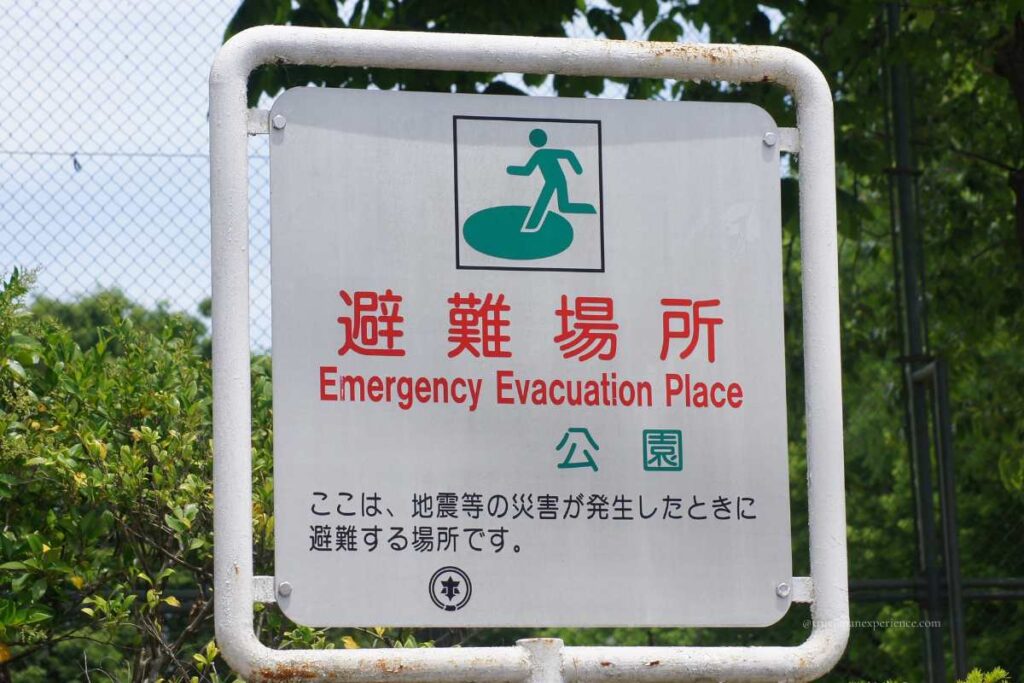
Once the tremor ends, your next steps should focus on safety and preparation for possible aftershocks or evacuation.
Japan has well-developed emergency systems, and hotels, train stations, and public areas are trained to respond.
You don’t need to know everything—just stay calm, look for information, and don’t be afraid to ask for help.
Tsunamis in Japan: What Tourists Should Know
Japan’s coastal regions—especially those along the Pacific Ocean—face frequent tsunami risks due to the country’s position along major tectonic boundaries.
While large tsunamis are rare during a short trip, it’s important to know what to do if a warning is issued or if you’re near the sea during a strong earthquake.
A tsunami can arrive within minutes after a quake, especially on the Sea of Japan side where fault lines are closer to the shore. On the Pacific side, the risk comes mainly from massive offshore quakes that can generate extremely large waves, such as in the 2011 Great East Japan Earthquake.
If you are near the coast and feel strong or long shaking, do not wait for an official warning—evacuate to higher ground immediately.

Tsunami Risk Comparison: Sea of Japan vs. Pacific Coast
Japan is surrounded by ocean on all sides, but not all coastlines face the same tsunami risks.
The type of earthquake, how quickly a tsunami arrives, and how high the waves can get vary greatly depending on whether you’re on the Sea of Japan side or the Pacific coast.
Understanding these regional differences is essential, especially if you’re staying near the water. Here’s a comparison of key tsunami risk factors between the two major coastlines of Japan.
| Feature | Sea of Japan Coast | Pacific Ocean Coast |
|---|---|---|
| Earthquake type | Shallow faults near the coast | Deep offshore plate boundaries |
| Tsunami speed | Very fast (within minutes) | Slower arrival (more warning time) |
| Tsunami height | Can be large even from small quakes | Extremely large during megaquakes |
| Safety action | Evacuate immediately after strong shaking | Evacuate after warning or long shaking |
If you are staying near the sea, it’s important to remember:
Don’t wait for an alert. If you feel strong or long shaking, go to higher ground right away.
How to Prepare Before Traveling
Earthquakes and tsunamis may be rare in your home country, but in Japan, being prepared is part of everyday life.
Even as a short-term visitor, having basic knowledge and tools in advance can make you feel much more confident if something happens.
Download Safety Apps
Before your trip, install a disaster alert app that works in Japan. One of the most recommended options for foreign visitors is “Safety tips”, provided by the Japan Tourism Agency.
・Install the “Safety tips” app, available in 15 languages
・It provides real-time alerts about earthquakes, tsunamis, and evacuation info
These alerts appear on your phone with simple icons and clear instructions. You can even choose your preferred language, making it easy to understand warnings without knowing Japanese.
You can download the Safety tips app here:
・Download for iOS (App Store)
・Download for Android (Google Play)
Learn Basic Safety Info
Even if the chance of a disaster during your trip is low, it’s smart to know your surroundings. A few minutes of preparation can make all the difference.
・Check hotel evacuation routes and emergency exits
・Learn the location of nearby designated evacuation areas
・Understand key safety terms like “jishin” (earthquake) and recognize evacuation signs for tsunamis and emergencies.
・Avoid staying near coastlines without knowing the nearest high ground
Most hotels in Japan have emergency maps posted inside rooms, and public areas often display tsunami evacuation signs. Take a moment to read them when you check in.
Where to Get Reliable Information

During an emergency, accurate and timely information is essential. While social media can be helpful, it’s important to rely only on trusted sources.
・Follow official sources like “Japan Safe Travel” on X (formerly Twitter), but be cautious—only trust verified accounts during emergencies.
・Check JNTO (Japan National Tourism Organization) websites for multilingual updates
・Local governments also post updates in English and other languages
During a disaster, the people nearby—whether locals or fellow tourists—can often be your best source of help. Don’t be afraid to speak up, ask questions, or follow others if you’re unsure what to do.
Helping each other is key when official help may not be immediately available.
Recent Lessons: The 2024 Noto Peninsula Earthquake
On January 1, 2024, a magnitude 7.6 earthquake struck the Noto Peninsula.
Many foreign visitors were staying in Ishikawa and Kanazawa during the holiday season. Some tourists were confused about where to go or how to get help.
This event led to several improvements:
・Hotels and tourist sites now serve as temporary shelters for foreign guests
・More multilingual emergency announcements have been added
・Cities like Kanazawa are offering evacuation drills for foreigners with interpreters
・Tourist businesses are improving their disaster readiness and planning (BCP)
These efforts are part of a growing awareness that tourists need clear, accessible safety information—before and during emergencies.
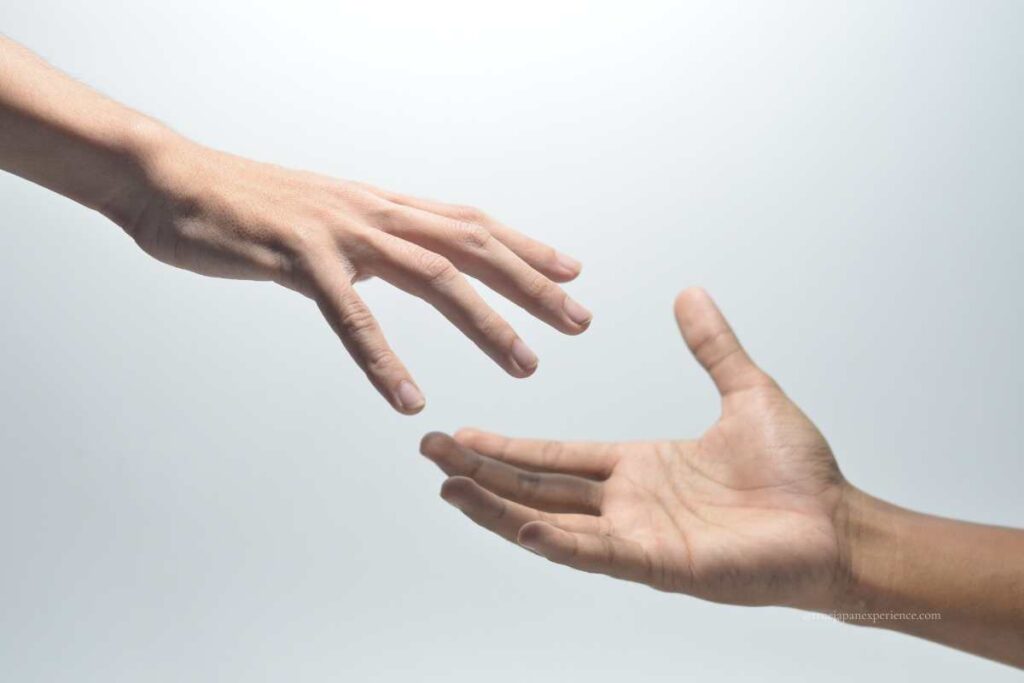
Final Tips for Tourists
Japan is incredibly safe overall, even with frequent earthquakes.
By staying informed and prepared, you can enjoy your trip with peace of mind.
Disasters can be confusing, especially in an unfamiliar country. But remember—you are not alone.
If you’re ever unsure what to do, look around and ask someone nearby. People in Japan are generally kind and used to helping each other during emergencies.
Even a simple gesture, a question, or following others’ actions can guide you in the right direction.
In times of uncertainty, supporting one another is the most important thing.
Stay safe—and enjoy your journey through Japan with confidence and peace of mind.
Need to use a toilet during an emergency or while out and about? Japanese toilets can be confusing at first—this simple guide explains everything you need to know.
